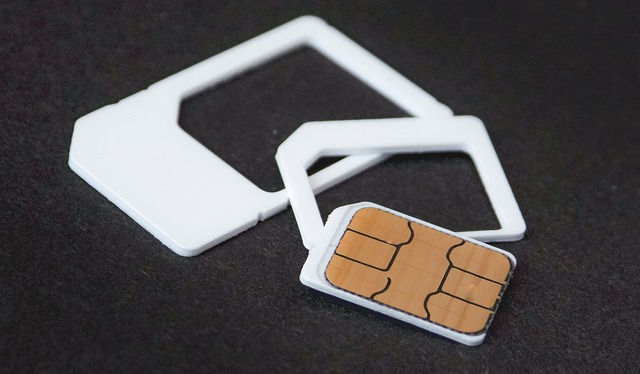eSIM Revolution: Transforming Mobile Connectivity
The world of mobile connectivity is on the cusp of a significant shift. A tiny chip, no larger than a fingernail, is poised to revolutionise how we connect to cellular networks. This innovation, known as the eSIM (embedded SIM), is set to redefine our relationship with mobile devices and reshape the telecommunications landscape. But what exactly is an eSIM, and how will it impact our daily lives?

The concept of eSIM was first introduced by the GSMA (GSM Association) in 2010. However, it wasn’t until 2016 that the technology began to gain traction, with Samsung launching the first eSIM-enabled smartwatch. Since then, adoption has been steadily increasing, with major smartphone manufacturers like Apple and Google incorporating eSIM technology into their flagship devices.
The Mechanics of eSIM
At its core, an eSIM functions similarly to a traditional SIM card. It stores the subscriber’s identity and authentication information, allowing the device to connect to a mobile network. The key difference lies in its programmability.
An eSIM contains a small processor and memory, which allows it to store multiple operator profiles simultaneously. When a user wants to switch networks, they can simply download a new profile over the air, without the need for physical SIM swapping. This process is managed through a secure element within the device, ensuring that sensitive information remains protected.
Benefits for Consumers
The adoption of eSIM technology offers numerous advantages for consumers. Firstly, it simplifies the process of switching between mobile operators. Instead of visiting a store or waiting for a new SIM card to arrive in the post, users can change providers instantly through their device settings.
Additionally, eSIMs make international travel more convenient. Travellers can easily switch to local networks upon arrival in a new country, avoiding expensive roaming charges. Some operators even offer global eSIM plans, allowing seamless connectivity across multiple countries.
eSIM technology also enables the use of multiple numbers on a single device. This feature is particularly useful for those who need to separate personal and business communications without carrying two phones.
Impact on Device Design and Functionality
The shift towards eSIM technology is having a significant impact on device design. Without the need for a physical SIM slot, manufacturers can create slimmer, more water-resistant devices. This space-saving aspect is particularly crucial for wearables and IoT devices, where every millimetre counts.
Furthermore, the removal of the SIM tray allows for larger batteries or additional components, potentially enhancing device functionality. For example, some manufacturers are using the extra space to incorporate improved cooling systems or larger camera sensors.
Challenges and Considerations
Despite its many benefits, the widespread adoption of eSIM technology faces several challenges. One of the primary concerns is the potential for reduced competition among mobile operators. As switching becomes easier, there’s a risk that larger operators could dominate the market, potentially leading to higher prices for consumers.
Security is another crucial consideration. While eSIMs offer robust encryption and secure element technology, the remote provisioning process introduces new potential attack vectors that must be carefully managed.
Additionally, there are concerns about consumer privacy. With eSIMs potentially storing multiple operator profiles, questions arise about data sharing between providers and the potential for more comprehensive tracking of user behaviour.
The Future of eSIM Technology
As eSIM technology continues to evolve, we can expect to see its integration into an ever-widening range of devices. Beyond smartphones and wearables, eSIMs are likely to play a crucial role in the automotive industry, enabling advanced connected car features and simplifying in-vehicle connectivity.
The technology is also set to revolutionise the Internet of Things (IoT) landscape. With eSIMs, IoT devices can be deployed globally with the ability to connect to local networks automatically, greatly simplifying large-scale IoT rollouts.
Furthermore, as 5G networks become more prevalent, eSIMs will play a crucial role in enabling devices to seamlessly switch between different network types, ensuring optimal connectivity in various environments.
Conclusion
The eSIM revolution represents a significant leap forward in mobile connectivity. By simplifying network switching, enhancing device design, and enabling new use cases, eSIMs are set to reshape the telecommunications landscape. While challenges remain, particularly in terms of market dynamics and security, the potential benefits of this technology are undeniable. As adoption continues to grow, we can expect eSIMs to become an integral part of our connected future, driving innovation and transforming how we interact with mobile networks.




